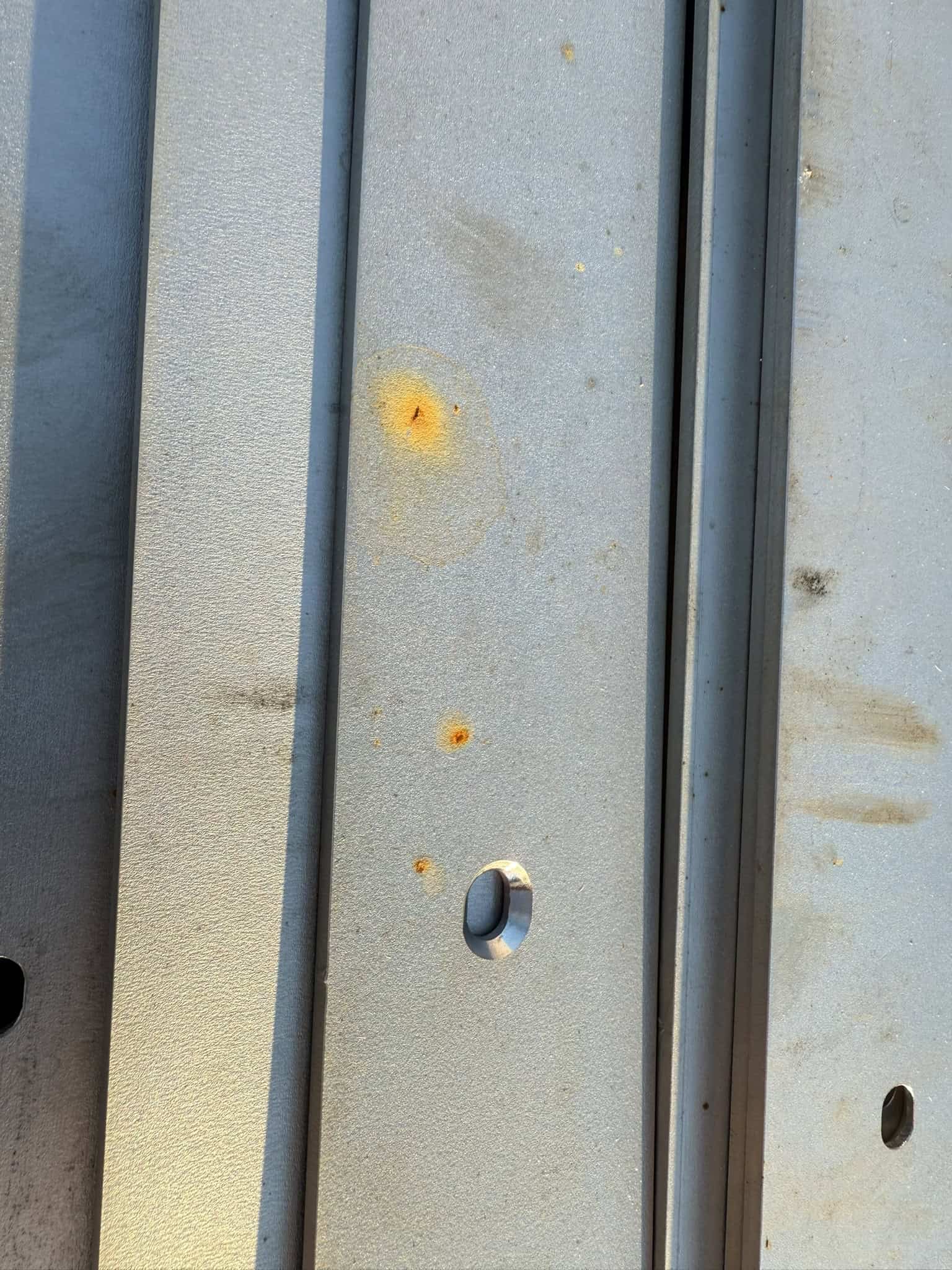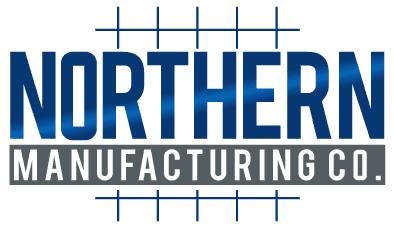Beyond the Alloy: A Guide to Preventing Stainless Steel Field Failures

For manufacturers of stainless steel equipment, field failures due to corrosion represent a significant financial and reputational risk. These failures are rarely due to the alloy itself but are overwhelmingly caused by preventable contamination and process flaws during fabrication. This paper exposes the science behind these failures, including free iron contamination, improper material handling, and the hidden dangers of mechanical descaling. We will present a proactive control methodology that emphasizes procedural segregation, rigorous material control, and the critical role of chemical pickling in restoring full corrosion resistance. This approach, which builds quality in rather than attempting to inspect it on, serves as the most effective form of insurance against costly warranty claims, product recalls, and damage to brand integrity.
1.0 Introduction: The Million-Dollar Lesson in Proactive Control
Imagine a fleet of newly installed, high-value stainless steel assets deployed across multiple customer sites. Months into service, reports begin to surface: inexplicable rust blooms, staining, and, eventually, pinhole leaks. The equipment, specified for its durability, is failing prematurely. A subsequent investigation reveals the cause is not a faulty alloy but microscopic iron particles left behind during fabrication. The fabricator’s lack of process control has triggered a widespread corrosion event. The remedy requires a full-scale field remediation, including the costly disassembly, transport, and dip-passivation of entire systems, with a final price tag exceeding one million dollars—not including the damage to the brand’s reputation and customer relationships.
This scenario, a true cautionary tale from the industry, is the direct result of a fabricator’s failure to control their process. It highlights a critical truth: the long-term performance and reliability of a stainless steel asset are not guaranteed by the material alone. They are forged—or forfeited—on the fabrication shop floor.
This paper provides a framework for evaluating fabricators not on their ability to pass a final inspection, but on the robustness of their day-to-day processes that prevent these defects from ever occurring. The goal is to shift from reactive problem-solving to proactive risk elimination, protecting your brand and bottom line from the consequences of your supplier’s process flaws.
2.0 The Spectrum of Fabrication Risk: Beyond Simple Rust
The promise of stainless steel lies in its passive layer—a microscopic, self-healing film of chromium oxide that protects the iron-based alloy from corrosion. Fabrication processes can inflict numerous forms of damage that compromise this critical defense, creating significant downstream risk for the final product owner.
Free Iron Contamination
The most common threat is the mechanical transfer of “free iron” particles from carbon steel tools, fixtures, or grinding dust onto the stainless steel surface. This is not merely a cosmetic issue.
The Galvanic Cell in Miniature: In the presence of an electrolyte like humidity, the embedded free iron particle becomes the anode (the less noble, more reactive metal), and the large, passive stainless steel surface becomes the cathode. This creates a miniature galvanic cell that actively drives an accelerated corrosion reaction, causing the small iron particle to rust rapidly. This explains why a single, invisible speck of contamination can generate a disproportionately large rust stain and initiate deep, localized corrosion that can penetrate the material.
Here is a diagram illustrating the galvanic cell of free iron contamination:
The Dangers of Material Handling
Improper material handling can cause deep mechanical damage that compromises the passive layer and embeds contaminants. Common but dangerous practices include:
- Using carbon steel chains or bare forklift tines for lifting, which can gouge the surface and embed iron particles.
- Placing stainless steel on carbon steel workbenches or skids with exposed nails, causing scratches and direct iron transfer.
- Using sheet clamps or fixtures that mar the surface, creating crevices that can become initiation sites for corrosion.
Process and Material Control Failures
Beyond surface contamination, a lack of holistic process discipline can introduce other critical flaws that lead to field failures:
- Incorrect Material Grade: A failure in material traceability can lead to a lower-grade alloy, such as 304L, being used in an application that specifies the superior chloride resistance of 316L, leading to unexpected corrosion.
- Improper Weld Consumables: Using the wrong grade of weld wire or employing temporary carbon steel attachments during fit-up can introduce metallurgical flaws and contamination points that compromise the integrity of the entire weldment.
3.0 The Northern Manufacturing Methodology: Process as the Guarantee
To combat these risks, a fabricator must adopt a philosophy where process discipline is the ultimate guarantee of quality. At Northern Manufacturing, this methodology is built on three pillars: proactive prevention, in-process verification, and superior chemical restoration.
Part 1: Proactive Prevention by Design
The most effective way to ensure quality is to prevent defects from ever occurring. This is achieved through a rigorous system of segregation and control, executed within our 160,000+ sq. ft. facility, which features dedicated space for stainless steel work.
- Rigorous Segregation: We utilize dedicated hand tools, power tools, grinding discs, and wire brushes exclusively for stainless steel, often using color-coding to prevent accidental cross-contamination. This eliminates the primary source of free iron transfer at its root.
- Controlled Material Handling: We employ best practices such as nylon slings and protected forklift tines for all material handling, preserving the material’s original mill finish and preventing mechanical damage that compromises the passive layer.
Part 2: Process Discipline Over Post-Mortem Testing
Many fabricators rely on post-fabrication testing as a final check. However, this approach is flawed, treating the symptom rather than the cause.
- The Flaw in Relying on Testing: While standards like ASTM A967/A967M specify methods like the Ferroxyl test for detecting free iron, these tests have practical limitations. Their high sensitivity can lead to false positive results from benign airborne dust that has merely settled on a surface, making them an unreliable indicator for shop-floor conditions. Furthermore, expensive and time-consuming procedures like 24-hour humidity tests are often impractical for large-scale fabrications.
- Our Approach: In-Process Verification: Our guarantee is built on the proven reliability of our preventative processes. By eliminating the sources of contamination from the start, we design out the potential for defects. A final visual inspection after the mandatory wetting during the cleaning process serves as a final confidence check on a system designed for success. This provides clients with a higher level of assurance based on consistent, repeatable process excellence rather than a snapshot-in-time test, ultimately saving time and reducing cost.
Part 3: Superior Chemical Restoration
After welding, which creates a damaging oxide scale (heat tint) and a chromium-depleted layer beneath it, chemical restoration is non-negotiable. Our process, which conforms to ASTM A380/A380M, ensures the entire component is returned to a fully passive, corrosion-resistant state.
- Pickling: The Critical “Corrective Surgery”: We view pickling as the primary value-added service. This aggressive acid treatment is the only method that can remove both the visible heat tint and the invisible, chromium-depleted layer beneath it. This exposes a fresh, fully-alloyed surface, restoring the material’s inherent corrosion resistance. After pickling, a meticulous rinse with clean, low-chloride water is critical to prevent residual acids from causing chemical attack on the newly restored surface.
- Passivation: The Finishing Touch: Following pickling, a milder passivation treatment dissolves any remaining free iron and chemically enhances the formation of a robust, uniform passive layer.
- The Dangers of Mechanical Descaling: Many competitors opt for mechanically grinding away weld scale. This is an inferior method that introduces significant risk:
- Aesthetic Damage: It leaves unsightly and inconsistent grind marks that are unacceptable in high-finish or sanitary applications.
- Surface Degradation: Grinding creates a rougher surface profile that can actually trap contaminants and create new initiation sites for corrosion.
- Incomplete Treatment: This localized method only treats the immediate weld zone, leaving the rest of the component vulnerable to the fine, iron-rich grinding dust that has settled over the entire surface during fabrication. Only a full chemical treatment can reliably remove these widespread microscopic contaminants.
To ensure complete and uniform restoration, Northern Manufacturing utilizes its dedicated 55′ L x 20′ W x 20′ H Spray Pickling Booth, allowing us to handle large-scale weldments and guarantee full coverage—a capability that localized mechanical methods cannot match. Our adherence to welding codes such as AWS D1.6 and ASME BPVC Section IX ensures that the weldments we treat are sound from the start.
Here’s a comparative photo of welds showing heat tint, mechanical descaling, and chemical pickling:
4.0 Conclusion: From Supplier to Strategic Partner in Risk Management
The “stainless” quality of a finished product is a direct reflection of the fabricator’s process integrity. Choosing a fabricator is not merely a procurement decision; it is a critical risk management decision that directly impacts your warranty exposure and brand reputation.
A focus on superficial specifications or final inspections is insufficient. The true measure of a fabricator is the discipline of their in-process controls that prevent defects from ever being created. By partnering with Northern Manufacturing, you are not just buying a fabricated component; you are investing in a proven process that systematically eliminates the root causes of field failure. We deliver not just steel, but certainty—ensuring the final product you sell to your customers lives up to the promise of its name.
Note: Industry standards are subject to revision. Always consult the latest version for project-specific requirements. The information in this document is for educational purposes and should not be considered a substitute for professional engineering consultation.
Discuss Your Fabrication Challenge with Our Engineering Team
Partner with a fabricator that protects your investment. Submit your drawings to our team for a technical review and a comprehensive quote that reflects the true cost of quality.
